Released in February 2014, Prudence is a child theme of Hale. It is named after Prudence Crandall, the state heroine of Connecticut.
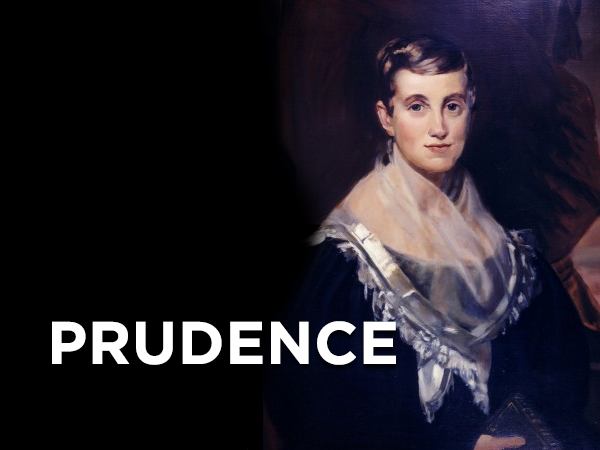
Web cookies (also called HTTP cookies, browser cookies, or simply cookies) are small pieces of data that websites store on your device (computer, phone, etc.) through your web browser. They are used to remember information about you and your interactions with the site.
Session Management:
Keeping you logged in
Remembering items in a shopping cart
Saving language or theme preferences
Personalization:
Tailoring content or ads based on your previous activity
Tracking & Analytics:
Monitoring browsing behavior for analytics or marketing purposes
Session Cookies:
Temporary; deleted when you close your browser
Used for things like keeping you logged in during a single session
Persistent Cookies:
Stored on your device until they expire or are manually deleted
Used for remembering login credentials, settings, etc.
First-Party Cookies:
Set by the website you're visiting directly
Third-Party Cookies:
Set by other domains (usually advertisers) embedded in the website
Commonly used for tracking across multiple sites
Authentication cookies are a special type of web cookie used to identify and verify a user after they log in to a website or web application.
Once you log in to a site, the server creates an authentication cookie and sends it to your browser. This cookie:
Proves to the website that you're logged in
Prevents you from having to log in again on every page you visit
Can persist across sessions if you select "Remember me"
Typically, it contains:
A unique session ID (not your actual password)
Optional metadata (e.g., expiration time, security flags)
Analytics cookies are cookies used to collect data about how visitors interact with a website. Their primary purpose is to help website owners understand and improve user experience by analyzing things like:
How users navigate the site
Which pages are most/least visited
How long users stay on each page
What device, browser, or location the user is from
Some examples of data analytics cookies may collect:
Page views and time spent on pages
Click paths (how users move from page to page)
Bounce rate (users who leave without interacting)
User demographics (location, language, device)
Referring websites (how users arrived at the site)
Here’s how you can disable cookies in common browsers:
Open Chrome and click the three vertical dots in the top-right corner.
Go to Settings > Privacy and security > Cookies and other site data.
Choose your preferred option:
Block all cookies (not recommended, can break most websites).
Block third-party cookies (can block ads and tracking cookies).
Open Firefox and click the three horizontal lines in the top-right corner.
Go to Settings > Privacy & Security.
Under the Enhanced Tracking Protection section, choose Strict to block most cookies or Custom to manually choose which cookies to block.
Open Safari and click Safari in the top-left corner of the screen.
Go to Preferences > Privacy.
Check Block all cookies to stop all cookies, or select options to block third-party cookies.
Open Edge and click the three horizontal dots in the top-right corner.
Go to Settings > Privacy, search, and services > Cookies and site permissions.
Select your cookie settings from there, including blocking all cookies or blocking third-party cookies.
For Safari on iOS: Go to Settings > Safari > Privacy & Security > Block All Cookies.
For Chrome on Android: Open the app, tap the three dots, go to Settings > Privacy and security > Cookies.
Disabling cookies can make your online experience more difficult. Some websites may not load properly, or you may be logged out frequently. Also, certain features may not work as expected.
Released in February 2014, Prudence is a child theme of Hale. It is named after Prudence Crandall, the state heroine of Connecticut.

Hale was the default theme for all new sites on Aurora from July 2013 – August 2014. It is named after Nathan Hale, the state hero of Connecticut.
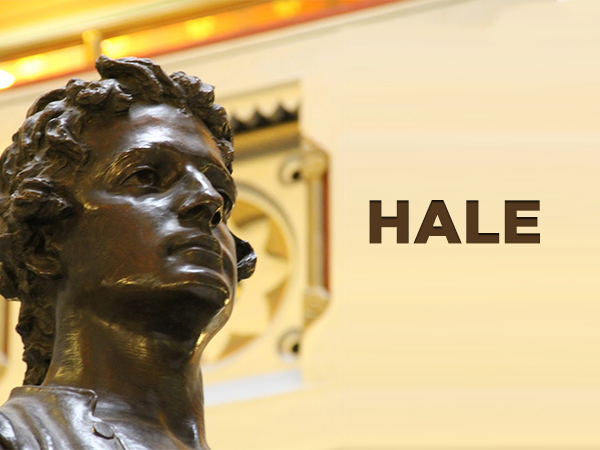
For those of you that have been using WordPress elsewhere, there are a few key distinctions you need know about the Aurora server.
Aurora is a multisite installation of WordPress, modeled after WordPress.com. Each site has it’s own tables, but they are in one database, and share the same library of plugins and themes.
Plugins are controlled at the Network level in Aurora. The addition of any new plugins to the network is decided on by the Aurora Governance Committee.
Similar to plugins, Themes are also controlled at the network level. Custom themes are permitted, but must pass a Code Audit process before being allowed on production.
Cornerstone is not a theme that is generally available to Aurora users. Rather, it was designed to be a starting point or a parent theme for all future themes produced by the UITS Web Development Lab. It is also made available to registered Aurora developers. This page is meant to help those developers in using Cornerstone for their own projects.
Cornerstone was designed from the ground up to be developer-focused. It’s based on the the WordPress _s (‘underscores’) theme mixed with Bootstrap 3. The design philosophy is to enable and turn on every feature we can think of in Cornerstone, and then child themes will need to unregister the features they don’t support. For example, Cornerstone can support header images, background images, and background colors. However, we may not want those features turned on when the site is being administered by someone less familiar with University Brand standards or web accessibility policies regarding color and contrast.
The following is a list a child themes that already use Cornerstone. These themes were developed at the Web Development Lab and best show how versatile Cornerstone is.
Cornerstone is a bare-bones theme created to be developed upon. It is possible to create your own theme built upon cornerstones structure. We welcome you to play with the sources files.
The Cornerstone Child Theme Starter Kit is available to help developers get a new project running quickly. You can access it on GitHub.


Cornerstone is built with SASS, and if you build your child theme with SASS, you’ll be shocked at how fast you can make a ton of changes. Though you are able to use CSS, Cornerstone was optimized for SASS.
To begin you must create the basic file structure like any other WordPress child theme. Below is an example. UITS has already compiled a starter kit for you in your sandbox.
Your Cornerstone Starter kit should consist of:
The SASS variables available to you come from three possible documents. Cornerstone registers a large number of new variables mostly pertaining to navigation and widgets.

In order to make changes, you will have to edit style.scss using the SASS variables. You will also need a SASS compiler. A common one is PREPROS.

Once you have a general understanding of the variables and the file structure you can start editing variables.scss. This file contains listed default variables from both Bootstrap and Cornerstone. A change is simple: search for your target tag and change the attribute to whatever you would like it to be.

To change the default link color for the navigation bar you would have to scroll down to the “$navbar” variables and make the changes you would like.
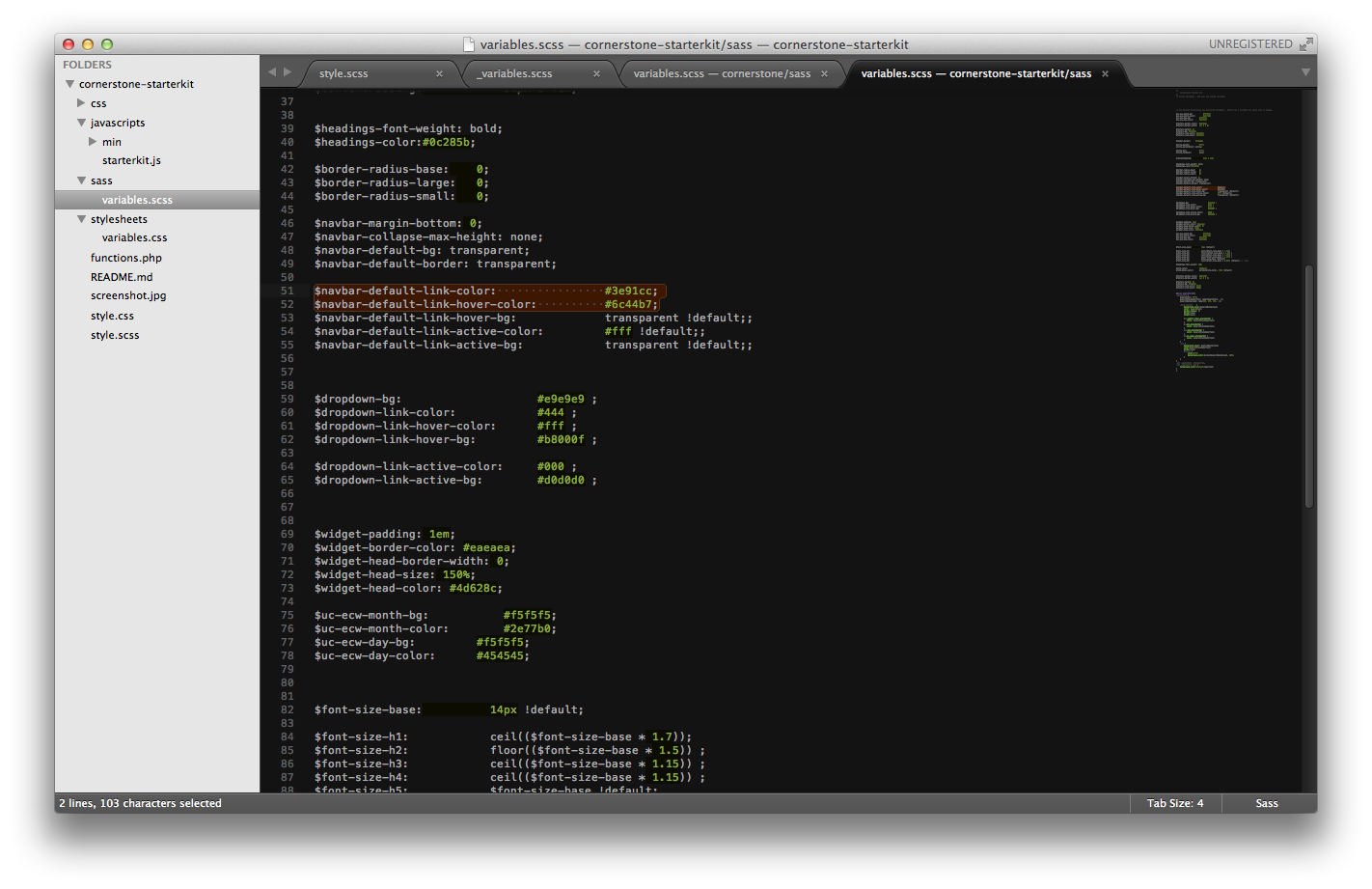
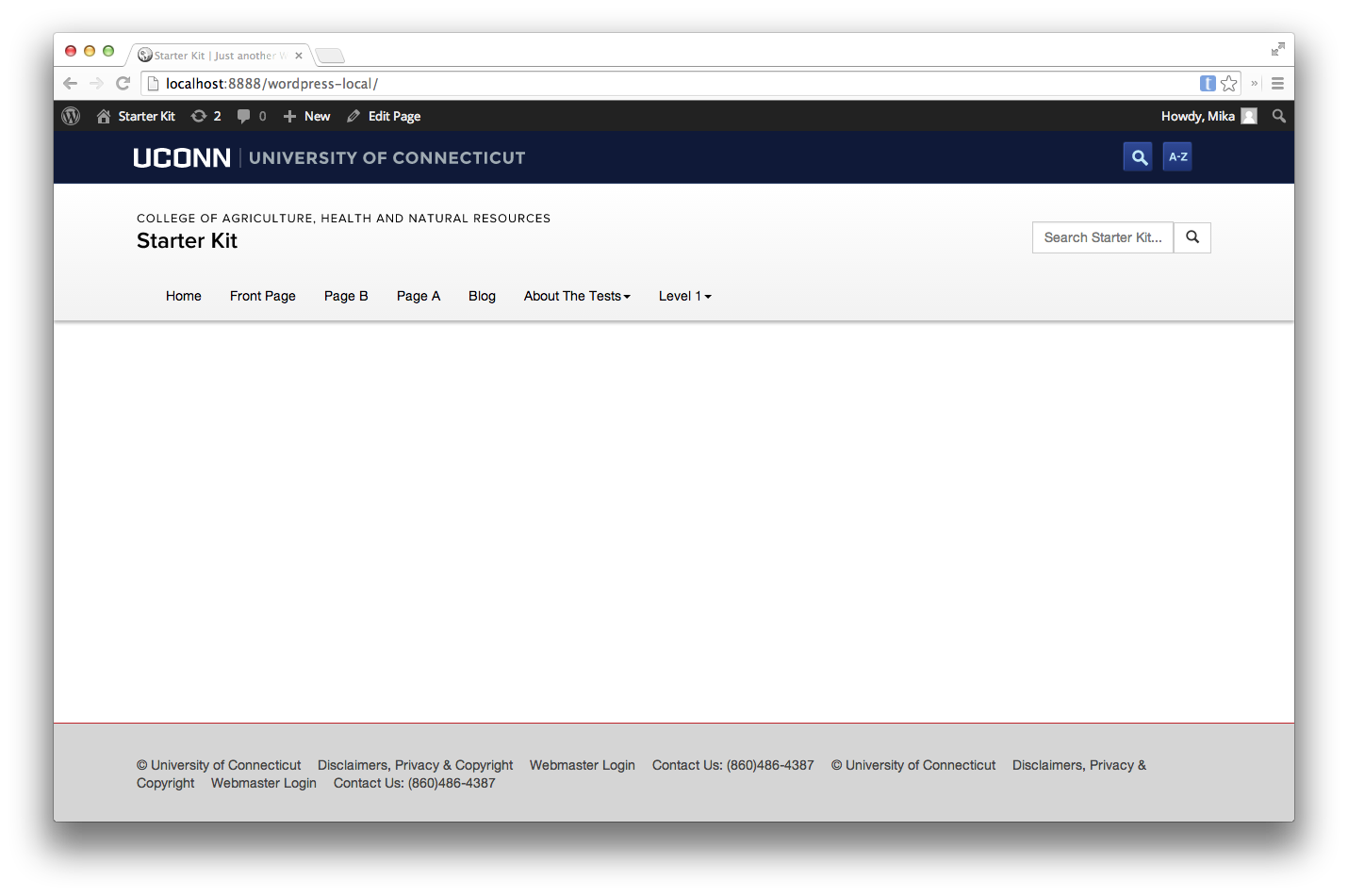

In order to edit the style of your theme you will need to edit it using SASS in style.scss. Variables do not go in style.scss.
Below is an example of how you can change the style of your theme’s master header.



Cornerstone was built with SASS, but you can still develop with normal CSS.
Instead, add this to your functions.php file:
<?php
function link_parent_theme_style() {
wp_enqueue_style( 'parent-style', get_template_directory_uri() . '/style.css' );
wp_enqueue_style( 'child-style', get_stylesheet_uri() );
}
add_action('wp_enqueue_scripts', 'link_parent_theme_style');
?>
Typically, a child theme will @import the css of the parent theme. Bootstrap 3, the framework which Cornerstone is based on, offers very limited support for Internet Explorer 8. By default, a Bootstrap 3 site in IE8 will render the mobile view. One column of content, and the collapse mobile navigation.
Being that IE8 accounts for a sizable (~7%) of traffic on Aurora, Cornerstone makes use of respond.js, which uses javascript to mimic media queries for IE8. However, respond.js will not work on anything loaded via @import. So this alternate method is required.
Child themes are a way to take an existing theme, such as Sherman, and change a couple of things about it. For developers looking to create something custom, we highly recommend looking into child themes first.
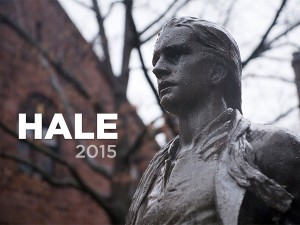 Hale 2015 was a theme released in August 2015 as a part of Aurora Update 9. The bold blue Sherman theme was released in the summer of 2014, and its advanced features and customization options proved very popular. However, a number of customers requested a theme with all the functionality of Sherman but with the softer tones of the original Hale theme that was released in 2013. Hale 2015 addresses this issue, adapting the popular Hale design and keeping the powerful features of Sherman. A child of the Cornerstone theme, Hale 2015 will continue to benefit from all new features added to Aurora for years to come.
Hale 2015 was a theme released in August 2015 as a part of Aurora Update 9. The bold blue Sherman theme was released in the summer of 2014, and its advanced features and customization options proved very popular. However, a number of customers requested a theme with all the functionality of Sherman but with the softer tones of the original Hale theme that was released in 2013. Hale 2015 addresses this issue, adapting the popular Hale design and keeping the powerful features of Sherman. A child of the Cornerstone theme, Hale 2015 will continue to benefit from all new features added to Aurora for years to come.
UConn currently has four central themes as well as a number of custom themes and child themes created for specific UConn sites.
To ensure the security and stability of Aurora, plugins are limited to set number determined by the Aurora Governance Committee. Plugins do get added regularly, but must be thoroughly tested and reviewed for compatibility with existing plugins.
Custom development is allowed for the Aurora WordPress server, but each plugin and theme, as well as any update, will have to go through Code Audit before being allowed in the system. Contact webdev@uconn.edu if you're interested in starting a custom project to get a development environment, and to be added to the developer contact lists. You may also want to look at our Live Sites with Custom/Child Themes.
If you add a sidebar with a menu widget, you may notice that the menu is displayed in a very simple manner. Below is code that you can add to your custom CSS to add some style to your sidebar menu. This code will work with websites using the Hale 2015 and Sherman themes.
#page-sidebar .widget.widget_nav_menu {
padding-left:0;
padding-right:0
}
#page-sidebar .widget ul {
margin:0
}
#page-sidebar .widget ul li {
padding:1em;
margin:0
}
#page-sidebar .widget ul li.current-menu-item,#page-sidebar .widget ul li.current-menu-item:hover,#page-sidebar .widget ul li.current-menu-item:active {
background:#0f4786
}
#page-sidebar .widget ul li:hover,#page-sidebar .widget ul li:active {
background:#dbe3ed
}
#page-sidebar .widget ul li.current-menu-item a,#page-sidebar .widget ul li.current-menu-item:hover a,#page-sidebar .widget ul li.current-menu-item:active a {
color:#fff
}To see how this CSS code looks on an actual sidebar menu, visit the Development page.